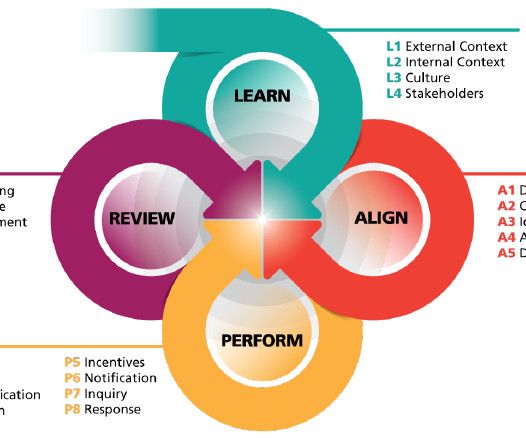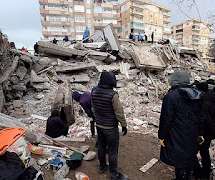What Is GRC? Governance, Risk, and Compliance Explained
BMC
DECEMBER 23, 2024
The OCEG (formerly known as “Open Compliance and Ethics Group”) states that the term GRC was first referenced as early as 2003, but was mentioned in a peer reviewed paper by their co-founder in 2007. Improving Compliance GRC helps organizations identify areas where they are non-compliant and vulnerable.













Let's personalize your content